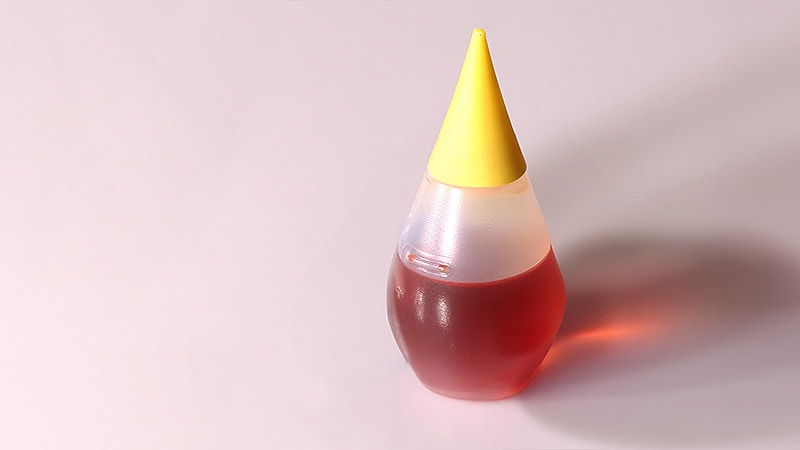Breakthrough Discovery: Yellow Dye 5 Enables Temporary Skin Transparency in Mice, Paving the Way for Potential Medical Applications
The content describes a breakthrough discovery by researchers at Stanford University, who found that applying the yellow food dye Yellow 5 (also known as tartrazine) to the skin of live mice can temporarily make it transparent. This allows researchers to observe the mice's internal organs, muscle fibers, and blood vessels with the naked eye or using a microscope, without the need for invasive procedures.
The researchers explain that the dye works by reducing the chaotic scattering of light as it passes through the skin, equalizing the differences in light-scattering properties between proteins, lipids, and water that normally make skin opaque. This is based on principles first described in the 1920s, known as the Kramers-Kronig relations and Lorentz oscillation.
The discovery could have significant implications for medical diagnostics and research. It may allow doctors to diagnose deep-seated tumors or locate veins for blood draws without invasive procedures. In research, the dye could be an alternative to other optical clearing agents, enabling new types of studies in lab animals. The researchers are also exploring ways to induce cells to produce their own "see-through" compounds.
While the dye is already used in many consumer products, its medical use is still years away as further research is needed to address potential side effects. The National Science Foundation has provided a home/classroom activity demonstrating the transparency effect on raw chicken, but cautions that proper safety equipment must be used.
Customize Summary
Rewrite with AI
Generate Citations
Translate Source
To Another Language
Generate MindMap
from source content
Visit Source
www.medscape.com
Not Kidding: Yellow Dye 5 May Be the Key to Invisibility
Key Insights Distilled From
by Sari Harrar at www.medscape.com 09-06-2024
https://www.medscape.com/viewarticle/not-kidding-yellow-dye-5-may-be-key-invisibility-2024a1000g75
Deeper Inquiries
